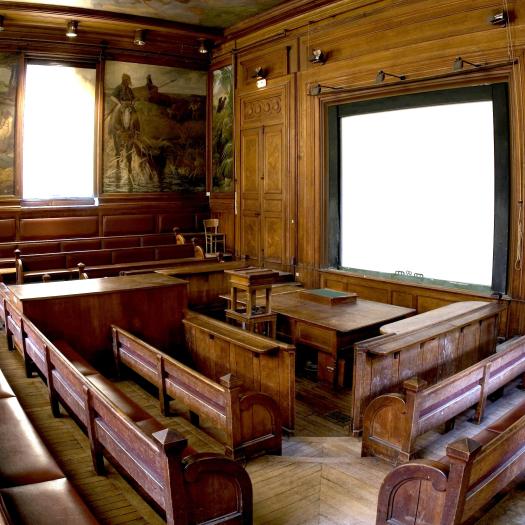PhD Defense - Alfred Lemierre


La soutenance aura lieu le vendredi 18 novembre 2022 à 14h00 dans l’amphithéâtre de Paléontologie de la Galerie de Paléontologie et d’Anatomie Comparée (2 rue Buffon 75005 Paris).
Abstract:
Among Lissamphibia, Anura represents the most diverse clade, with more than 7500 species currently recognized, present on almost every continent and environment. This diversity is a result of a long and rich evolutionary history, with molecular clock analyses tracing its origin more than 250 Ma ago. In the fossil record, anurans are present in almost all continents since the Jurassic. However, numerous disparities exist between continents, clades and eras. As such, most African neobatrachian clades still lack a fossil record and their early diversification and evolution are poorly known. Even the early diversification of Pipidae, an endemic African and South American clade, is poorly documented in both continents. Thus, the evolutionary history of Anura is not known in detail, with numerous gaps in it. In peculiar, most of the early diversification of African extant clades, like Pipidae and Neobatrachia, remains cryptic. Hence, this hinders efforts to reconstruct the paleobiogeographical evolution of this clade, and assess the impact of the extinction crises on them. The objectives of this dissertation are to improve our understanding of anuran diversification through the study of the early diversification of African neobatrachians and Pipidae during the Mesozoic and Paleogene.
This study focuses on two African sites, the Kem Kem Formation from the Late Cretaceous of Morocco, and In Becetén, from the Late Cretaceous of Niger, where both pipids and neobatrachians have been mentioned, but never described in detail. In addition, the exceptional preserved ranoid Thaumastosaurus, from the Eocene of Western Europe, is also studied, as previous reports suggested that it could be related to endemic African ranoids. The study of the anurans from In Becetén reveals the most diverse site of Mesozoic Africa, with at least 7 anuran taxa identified, including 4 pipimorphs and likely two neobatrachians, showing that both clades were already diverse by the middle Late Cretaceous. The presence of a neobatrachian in both the Kem Kem and In Becetén pushes back the oldest occurrence of the clade in Africa by more than 20 My. The study of Thaumastosaurus confirmed its African ranoid affinities, as a Pyxicephalidae, and endemic African clade. Thaumastosaurus expands both the stratigraphic and geographical range of the clade and highlights that several endemic ranoid clades might have inhabited other continents in the past. Pipimorphs of In Becetén include two pipids, one of them preserving the endocast of its “brain”, which suggests that its hearing, olfactive and optic capacities were similar to those of extant Pipa.
The phylogenetic analyses of pipimorphs highlight that the conflict between morphological and molecular topologies for extant pipids impacts greatly the position of numerous extinct pipids. Estimates of the divergence time between Pipidae and its sister-clade, Shelaniinae, depends on the affinities of putative pipids in the Early Cretaceous of Africa. If pipids are indeed present in Western Africa (Koum basin), the divergence between Pipidae and Shelaniinae is estimated around 125 Ma, whereas it would be around 105 Ma if they are absent. The emergence of pipid was followed by a rapid evolutionary radiation in the next 10 My. This radiation may be linked to the opening of the Southern Atlantic Ocean, more precisely on the opening of the Central or Equatorial segment. All divergence time analyses point against transatlantic dispersal events within the pipid diversification, contrary to previous paleobiogeographic hypotheses. In addition, the divergence between South American and African lineages is estimated around the Early/Late Cretaceous boundaries, thus implying that long ghost lineages for the main extant pipid clades are present. This dissertation highlights that Africa played a key role in the early diversification of both Neobatrachia and Pipidae.
Mots-clés : Anatomie comparée, Fossile, Phylogénie, taxonomie, Anoures, temps de divergence



